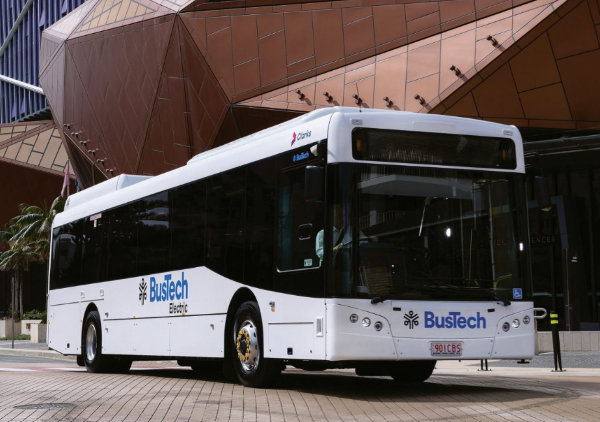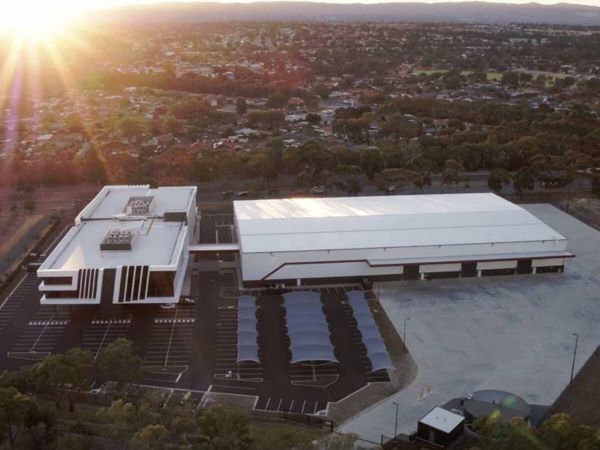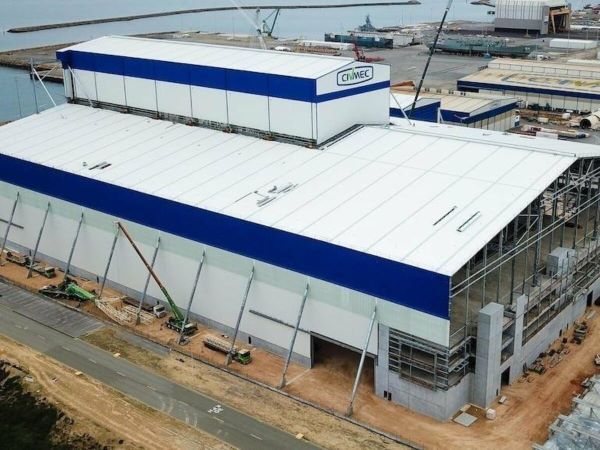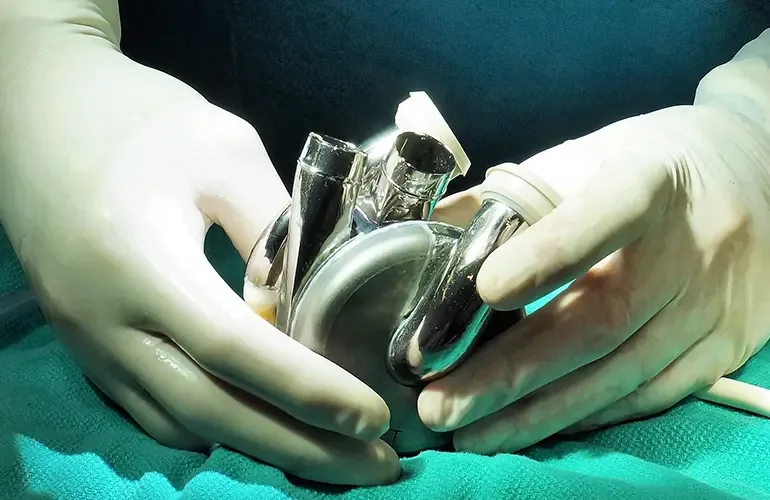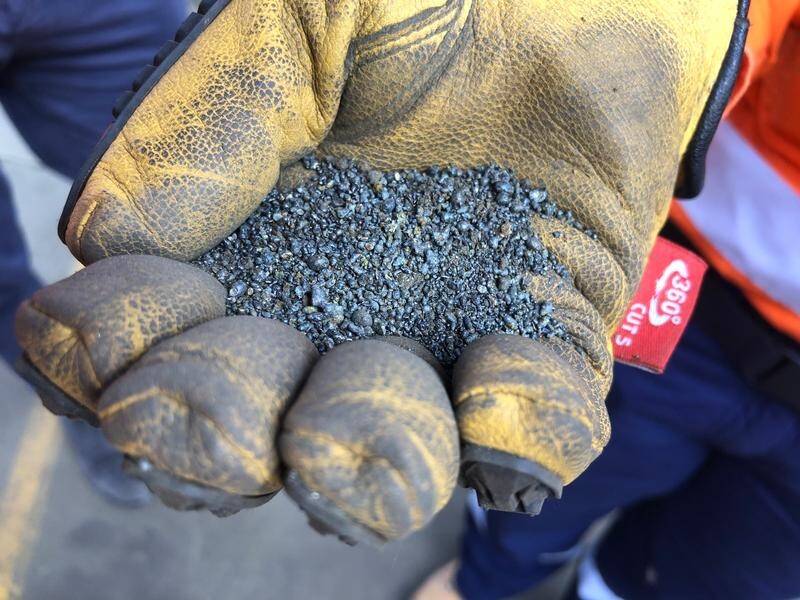The government has unveiled its Navy of the future. Will it solve our current problems – or just create new ones?
By Peter Layton, Griffith University Australia’s naval surface combatant fleet is in trouble. The eight Anzac frigates are worn out after three decades of Middle Eastern adventures and hard to crew. The Anzac’s replacements, the much-criticised Hunter Class frigates, are late – the first will not enter service until 2032 or so. The project’s cost…
Details



